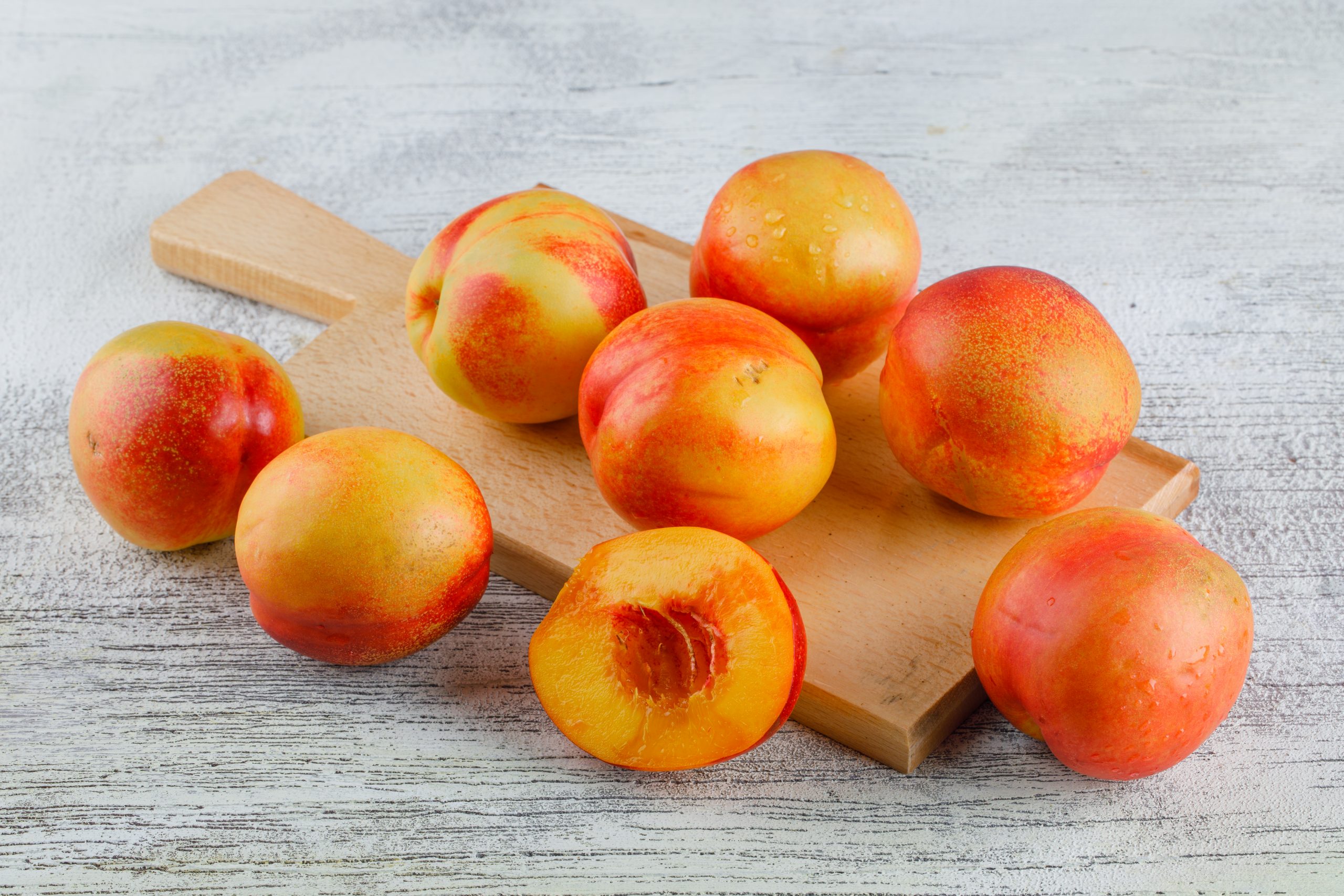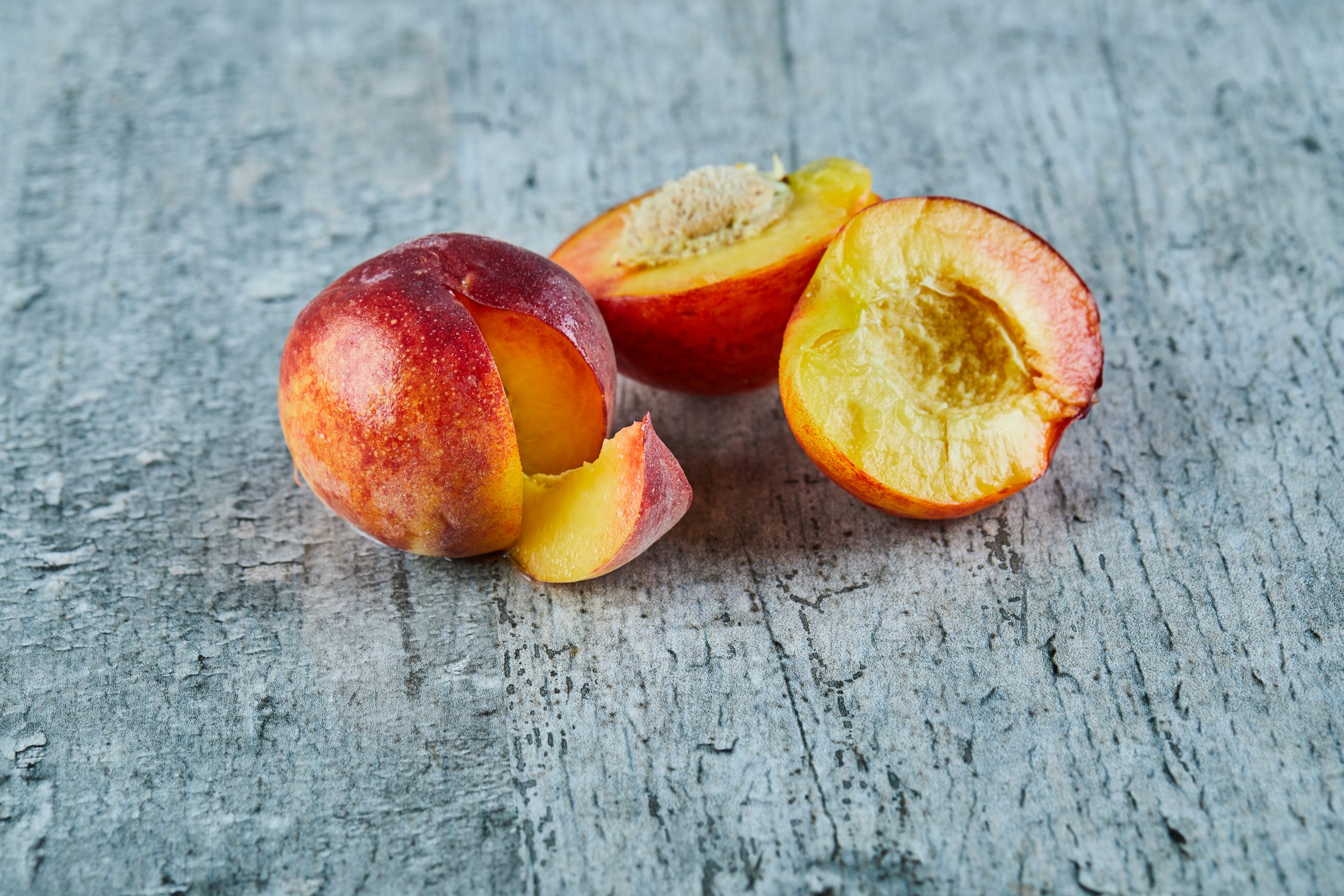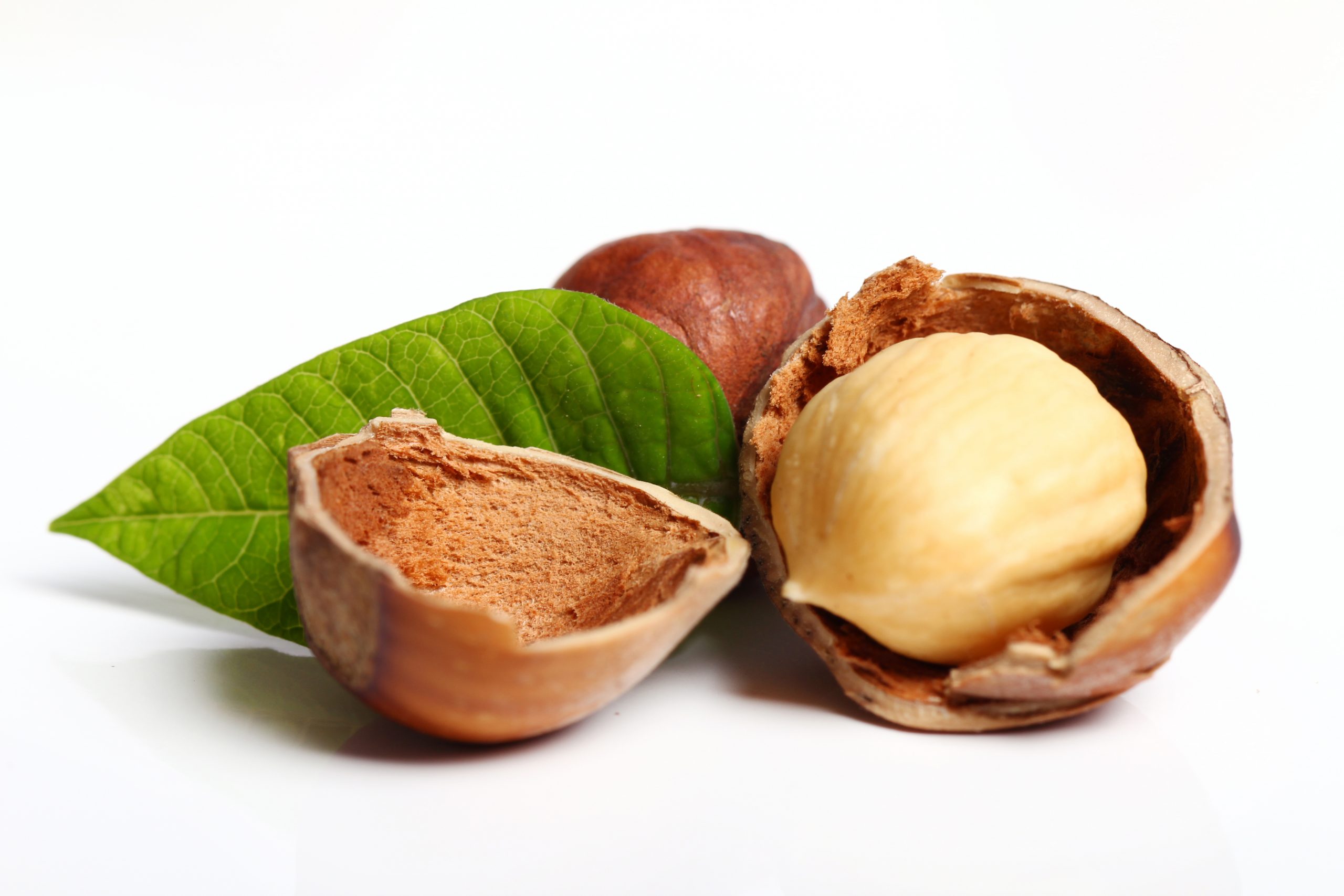In March 2020 the European Commision has proposed a new action plan for the Circular Economy.
The latter is one of the European Green Deal’s constitutive elements, and it introduces legislative measures which do not intercept strategic sectors, where the Circular Economy can really represent an added value.
The final purpose of this plan is to accelerate the transition towards a regenerative pattern growth model, to give back to planet Earth more than what it consumes, doubling the percentual of circular materials usage in the next decade.
The action plan’s goals are:
To make sustainable products as a common practice in the UE.
Encourage to sustainability and empower consumers and public purchasers.
To focus on sectors that utilize the majority of resources, in which the potential circularity is elevated. Such as, electronic and ICT. The production of batteries, vehicles, packages, plastic material, textile, construction and buildings, food, water, and nutritive substances.
To guarantee less production of waste.
To implement the circularity’s functionality for people, regions, and cities.
To guide the globe’s effort in terms of circular economy.
It is fundamental an action place for the circular economy, because, as written by the European Commision’s law: “It is expected that in the next 40 years, the materials’ total consume (like biomass, fossil fuel, steel, minerals) will double and parallelly the waste’s annual production will increase by the 70% by 2050”.
The 9th of February 2021, the European Parliament has requested more strict norms for the re-cycle with binding goals to reach by 2030 for the usage and for the materials consume.
The limited resources and climate changes render necessary the shift towards a society of make-use-dispose kind, centred to an economy with zero-emission of carbon, sustainable from the environmental point of view, which free from the toxic substances and completely circular by 2050.
The plan comprehends 35 actions linked between them and designed to institute a strategic plan in which products, services, and entrepreneurial models will be fundamental to avoid the exponential waste production and the consume of fossil fuel, guaranteeing the good functionality of the UE’s domestic market for the secondary materials of high quality.
UE plays a key role in the shift to a circular economy at global scale, implementing and making their own Sustainable Development Goals by 2030 to guarantee that the circular economy goes to benefits other people, regions, and cities.
The action plan of the European Commission has established the seven fundamental key areas to reach a circular economy that will collaborate closely with stakeholders in the principal value-chains. The goal will be to identify the obstacles to the markets’ expansion to the circular products and the modalities to face problems.
The seven key areas identified are:
- Plastic: The European strategy addresses to gradually deleting the use of plastic and the dispersion of microplastics;
- Textile: The textile industry is one of the most impactful since it makes use of raw materials, water, and less than 1% of materials is recycled. New measures have been introduced to contrast the loss of microfibers and to introduce more strict standards for the use of water.
- Electronics and Information Communication Technologies (ICTs): The e-waste represent the most increasing waste flow in the UE. Indeed, less than 40% of waste is recycled. The UE’s committee has requested that UE promotes a new major products’ duration through the re-use and the repairability;
- Food products, water, and nutrients: The 20% of the total food produced is taken or wasted in the UE. The main goal is to diminish the food waste by 2030, as it is expected by the Farm to Fork strategy for the food sustainability;
- Packaging: New rules address to guarantee that all the packaging processes of the UE’s market are economically re-usable or recyclable by 2030;
- Batteries and vehicles: The suggestions on the production and on the kind of materials engaged for all the batterie present in the UE’s market are many. It is requested, particularly, that these have a low impact on carbon, and that these resect the human rights, as well as social and ecological standards;
- Building and constructions: The construction industry is responsible of more than 35% of the UE’s total waste. The committee has requested that the duration of the buildings’ life-cycle is prolonged, and that reduction goals will be established regarding the impact of materials’ carbon, as well as the minimum requirements on the energetic and resources’ efficiency.
The European Commision in its communication recalls the necessity of transversal actions to favourite the transition towards a Circular Economy, that places itself as assumption for the climatic neutrality. It will be necessary in this case to move in order to give actions for the right economic placement, exploiting instruments of economic planification and European financial. It will be fundamental as well to promote the transition trough research, innovation, and digitalization.


